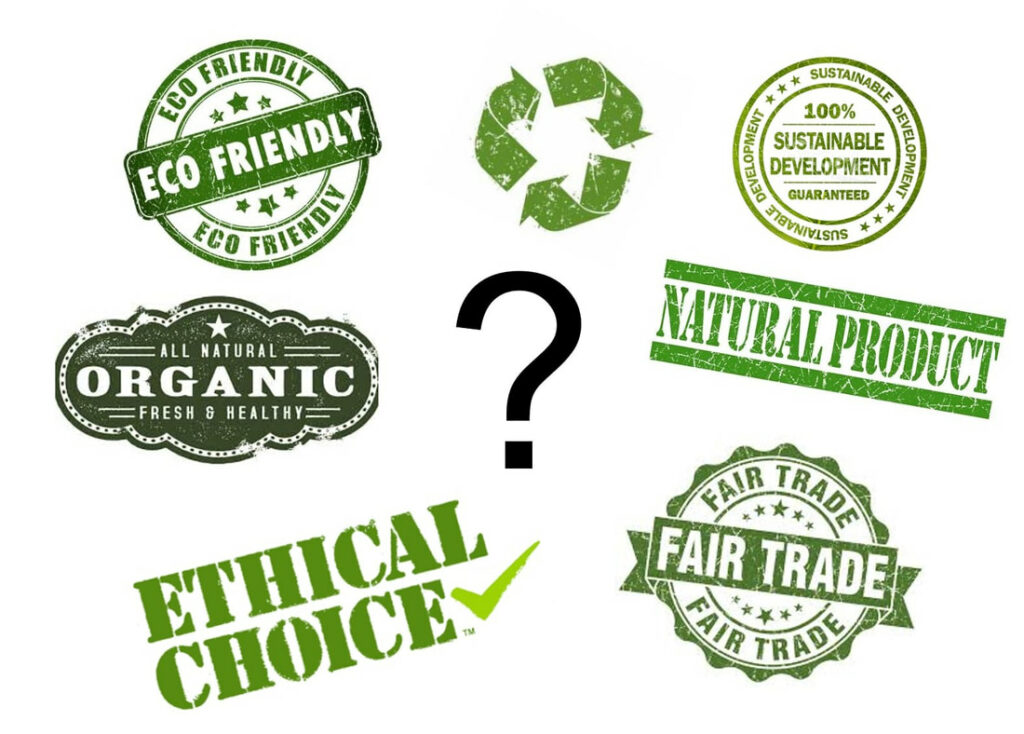Good Market Info > About > Marketplace Commons > Curation Process
Good Market is curated, which means all enterprises go through an application and review process to ensure they meet minimum standards for their sector and prioritize people and planet in their decision making.
The curation process was designed to work across economic sectors, income levels, language barriers, and regional divides. It includes minimum sector standards, a dynamic online form, a consistent review process, and a crowdsourced monitoring system.
For community members, Good Market acts as a filter. It makes it easier for people to find and connect with enterprises that share their values. For enterprises, the curation process provides recognition of their efforts and ensures that the value of being “Good Market Approved” is maintained.
The application questions and minimum standards were developed by reviewing more than 200 sustainability certifications standards, analyzing more than 50, aggregating industry best practices, and translating them into everyday language. The minimum standards are updated, and improved based on community feedback.
The curation process and crowdsourced monitoring system emerged from 4 years of weekly meetings, the review of 1,000+ paper applications, and more than 100 instances of offline “flagging.” The process has been online since late 2016.
A sector is an area of the economy in which businesses share the same or related products and services. Governments and financial institutions have developed multiple classification systems (e.g. ISIC, NAICS, NACE, GICS) so they can maintain and analyze data on different sectors of the economy. Good Market sectors are based on international classifications but adapted to reflect the emerging economy.
A sector in an economic system is similar to a niche in an ecological system. Categorizing vendors into sectors makes it easier to visualize the new economy, find other participants, and identify gaps and opportunities.

Enterprises that focus on renewable energy supply, storage, distribution, and efficiency
Solar, wind, ocean, hydropower, geothermal and biofuel energy production, energy storage and distribution, energy efficiency
Enterprises that participate in the production, harvest, extraction, or recycling of primary materials
Agriculture, aquaculture, fishing, wild harvest, forestry, water, mining and metals, resource recovery
Enterprises that transform materials and provide products and related services to other enterprises but not to end users
Machinery, equipment, primary processing, packaging, printing
Enterprises that transform materials and provide products and related services directly to end users
Food and beverage, personal care, sanitary products, apparel, home and office, consumer electronics, artwork, games, toys, outdoor gear, pet care, garden, building materials, transportation vehicles
Enterprises that facilitate the flow of information, people, goods, services, and capital in the new economy
Trade, transport and logistics, information and communication, financial services, professional services
Enterprises that focus on wellbeing and advancement at the individual or community level
Hospitality, travel, art, entertainment and recreation, education, health, welfare, civic engagement
Enterprises that care for, develop, or manage a physical area of land, water, or space
Restoration & conservation, landscaping, construction, property management, intentional communities, shared spaces
Organization
Environment
Customers
Workers
Suppliers
Community
The application form starts with an agreement: “I understand that I am responsible for accurately representing the current status of my organization, our products, and our services. I understand that misrepresentation will negatively affect the reputation of our brand.”
Applicants are reminded that by answering “yes” to a question, they are making a claim about their organization, products, services, and operations. The claims are shared publicly in the People & Planet section of their profile page.
The online application uses an algorithm to calculate points and support the review process, but each application is checked by a human. The following criteria are considered:
An application can be Approved, More Info or Not Approved. More Info applicants are requested to submit clarifications or additional supporting information. Not Approved applicants are encouraged to improve their social and environmental impact and reapply in the future. They can use the Good Market platform to link with service providers and suppliers who can help them transition to more sustainable practices.
If an application is Approved, the claims are public and transparent. If customers, workers, suppliers, or community members have evidence of a false claim, they can flag a profile. Flagging starts a review process that may include supporting documentation or site visits to verify a claim. If it is found that an organization made a false claim, they lose their standing as a Good Market approved enterprise.
This crowdsourced monitoring system not only reduces costs, it also builds trust and increases community ownership. Since the curation process is free and works across sectors, languages, and geographical divides, it is possible to include small-scale, locally oriented enterprises and groups that cannot afford third-party certification.
Claims
Self-selected
Transparency
Details may not be public or accessible
Who Monitors
Self
Monitoring Frequency
Self-determined
Claims
Standardized
Transparency
Details may not be public or accessible
Who Monitors
Paid auditor
Monitoring Frequency
Annually or biennially
Claims
Standardized
Transparency
Transparent. Details public and accessible
Who Monitors
Customers, workers, suppliers, community
Monitoring Frequency
Continuously